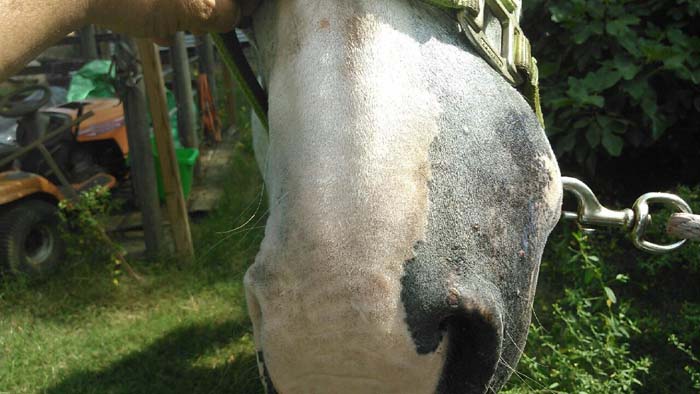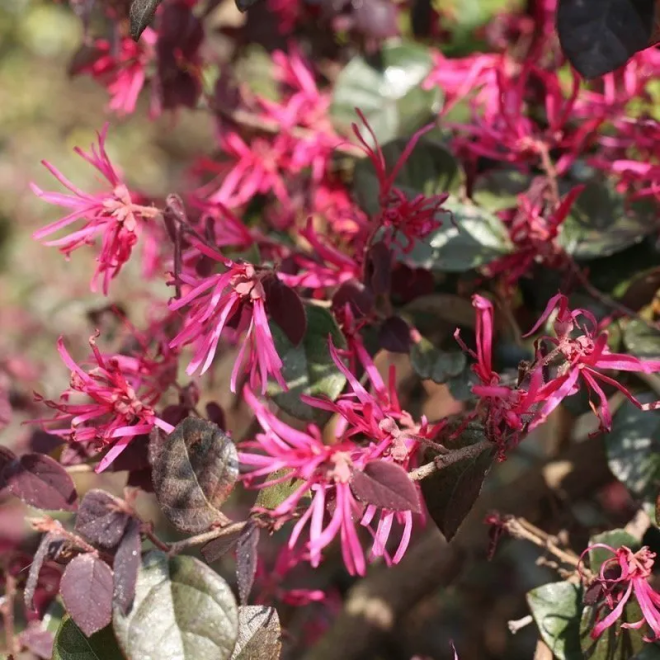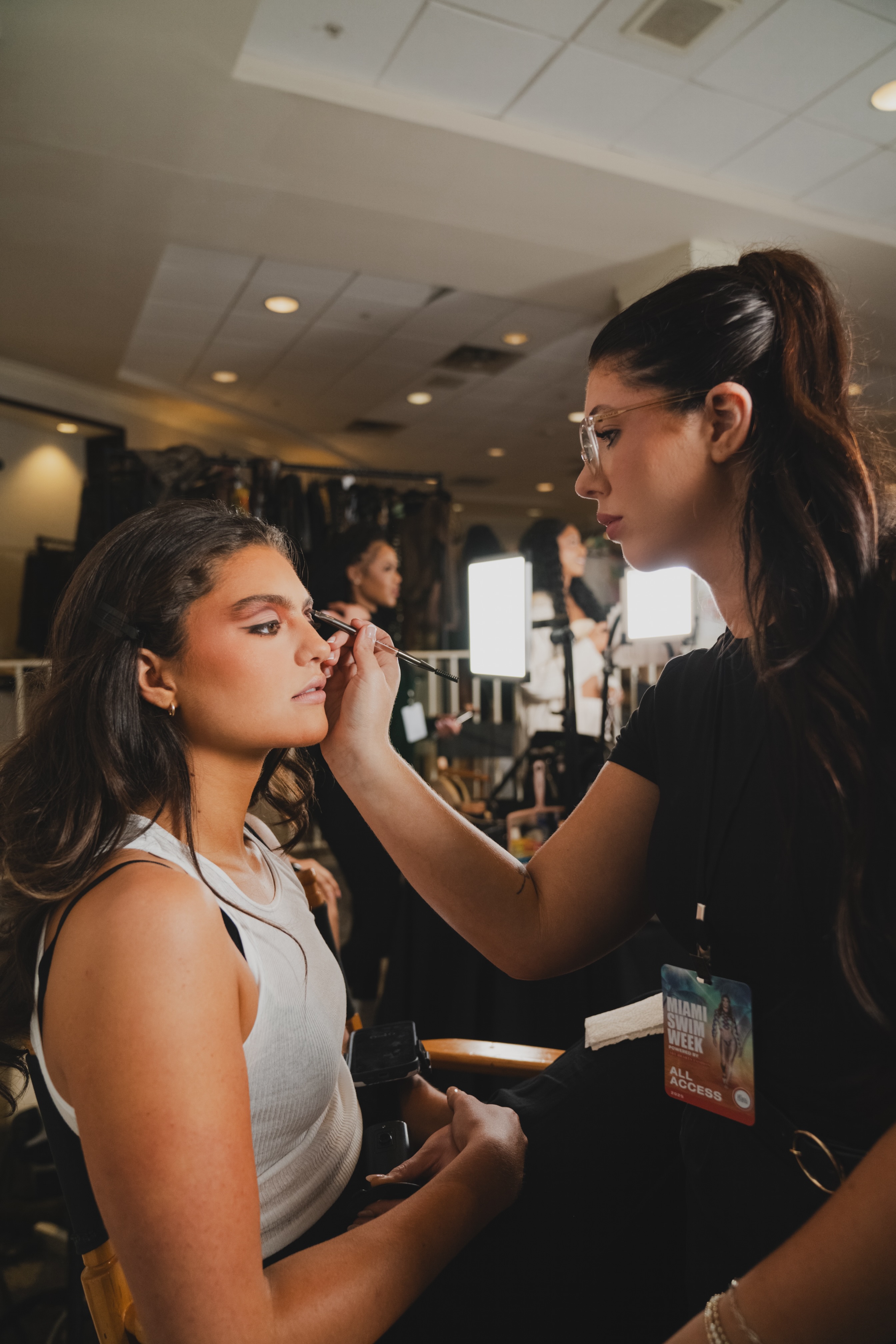Horse owner issues Swamp Cancer warning
Published 6:07 pm Wednesday, August 12, 2015

- Jubal E sports a large swollen area on the left side of his face. Owner Anita Meisen thought her beautiful trail horse had been bitten by a snake.
OCHLOCKNEE — An often fatal infectious disease, commonly called Swamp Cancer, has attacked several local horses this summer and one affected horse owner is on a mission to get the word out.
Anita Meisen, owner of Dancing Cloud Horse Rescue outside of Ochlocknee, said she walked out to see her horse, Jubal E, on Friday and was terrified to see a large swollen area on the left side of his face. She thought her beautiful trail horse had been bitten by a snake.
Trending
Dr. Dale Hodges of Clanton-Malphus-Hodges Veterinary Hospital came right out, but as he examined the beloved equine, he realized this was no snake bite. He thought it might be an abscess, but when he injected it, instead of pus and a little blood, Meisen said nothing came out but little, hard, calcified masses called kunkers. She explained that kunkers are calcified pus and blood vessels.
“They came out in big clumps, some as big as a nickel,” she said.
Hodges then knew the news was not good. He diagnosed Jubal E with pythiosis, an infectious, usually fatal, disease caused by the pathogen Pythium insidiosum.
According to the University of Florida Large Animal Hospital, the pathogen thrives in swamps or marshes but can live in any standing water that does not freeze. However, pythiosis can develop despite good management and housing.
Horses can get the disease by drinking water with Pythium insidiosum in it or when the pathogen enters a wound that is submerged in water that contains Pythium insidiosum.
The most common place for a lesion to occur is on the lower limb, but horses can develop lesions in other places on the body.
Trending
Jubal E’s is on his face.
The devastated Meisen said, “I have no idea how it happened. He is in my best pasture with no standing water.”
“My heart just breaks. I know the best case scenario and the worst case,” she said through her tears, “There is no hope. It is fatal in most horses. It is 99 percent fatal.”
She said she sent the pictures of her horse to the University of Georgia (UGA).
The UGA surgeons took a look at the photos and said that they would have to cut my horse’s head horribly to dig it all out, the horse would be forever deformed and unrideable, surgery would cost thousands, and there is no guarantee the pythiosis wouldn’t return.
According to UGA, the disease is most commonly found in the Gulf Coast states and most lesions are on the horse’s legs or under the belly.
Some lesions, depending on the location, can be removed and treated if caught early, but the lesions often return. Antifungal medications are not effective.
UF encourages horse owners to remove standing water from pastures, move horses to a different location or fence off ponds or other bodies of standing water to prevent horses from becoming infected with Pythium insidiosum.
Meisen said that the research she had done since Jubal E was diagnosed showed her that Swamp Cancer is a growing problem.
“Unlike West Nile, pythiosis doesn’t have to be reported to authorities,” Meisen, explained, “but it should be. People need to know about this. My heart just breaks thinking that this fungus is going to kill him.
“I have many, many regrets that I did not ride him more. I was doing other things and didn’t ride my horse more. Now I can’t.
“We enjoyed the trails, and he loved getting out, seeing new territory, and going on big trail rides. Many regrets.”





